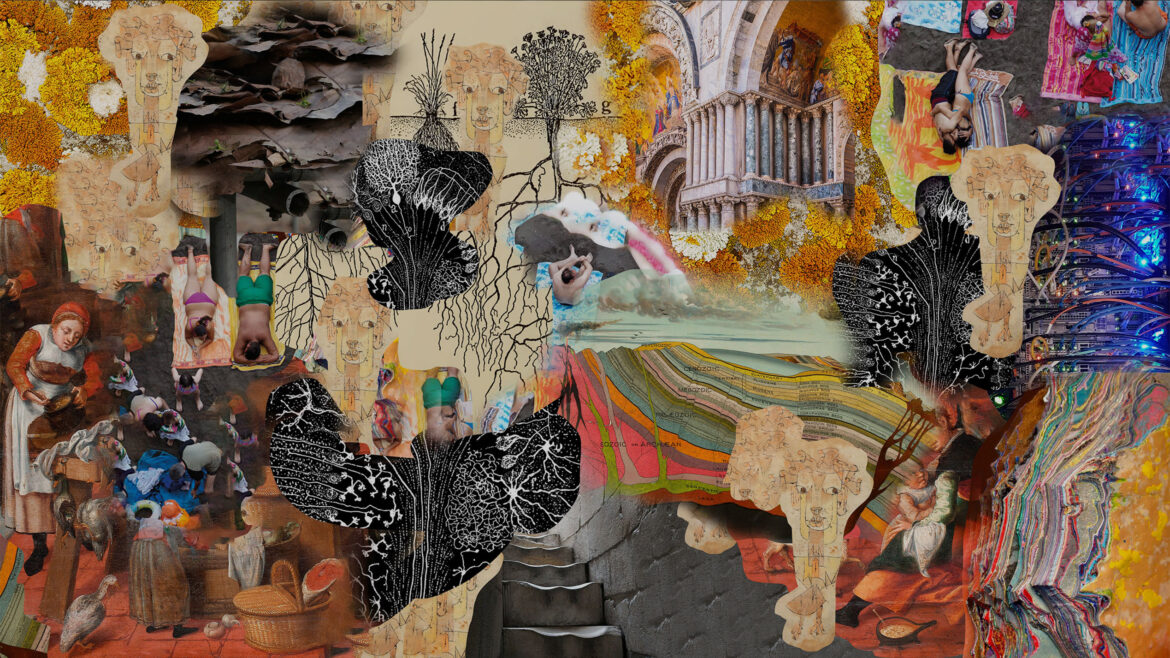On the occasion of the tenth anniversary of RSaP—Rethinking Space and Place (September 2015–September 2025) — I offer a brief reflection on this journey through the study of spatiality so far and on the road ahead. For at least a century the classical meanings of the paired terms space and place have been under sustained scrutiny across many fields: from…




